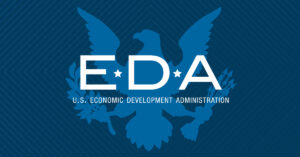Observing the trending economic conditions, it’s clear that we’re experiencing a downshift in the economy and a moderation in price gains. These changes are occurring as officials from the Federal Reserve inch closer to achieving their goal of curbing inflation.
From a broader perspective, these developments are indicative of an economic slowdown. This situation often causes a softening in price hikes, which is what we are currently witnessing. Hence, the notion of a moderating economy directly correlates with the Federal Reserve’s efforts against inflation.
Omair Sharif, founder of Inflation Insights, noted in a report following Friday’s new inflation data that the persistent inflation seen earlier in 2024 appears increasingly to be just a temporary issue. “No matter how you analyze it, we’ve made significant strides in addressing core inflation over the past year,” he wrote.
Inflation control is a prime objective for Federal Reserve officials. They are gradually realising this goal as they navigate the complex dynamics of our economy. As they draw closer to successfully beating inflation, we’re seeing a clear change in economic indicators, most notably, the price gains are on a moderating trend.
The correlation between the Federal Reserve’s actions and the state of the economy echoes globally, particularly in regards to inflation control strategies. Our current economic state is a testament to the Federal Reserve’s relentless efforts to combat inflation and stabilize the economy.
The Federal Reserve’s progress in tackling inflation, coupled with the signs of an economic slowdown and moderate price gains, paints a comprehensive picture of our current financial landscape. In essence, the road to beating inflation appears to be aligned with the observed downshift in economic trends and moderated price gains.





